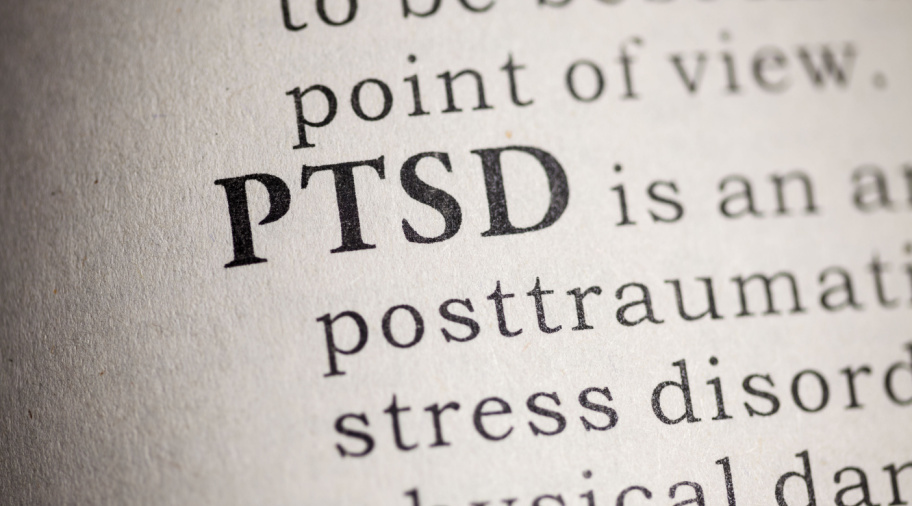The States Respond To Crisis
The 988 crisis line has been up and running for a little over a year. Owned by the Substance Abuse and Mental Health Services Administration (SAMHSA) and funded through two, five-year SAMHSA grants to the tune of $48 million, the program is at once national in its marketing, state-based in its funding, and local in its administration. And these distinctions can lead to variable applications of the crisis lines on a state-by-state basis. The implication for provider organizations is that they will have to keep tabs on both trends in demand for crisis services broadly and the shifting referral patterns in their regions.
According to Wendy Farmer, LPC, MBA, Regional Vice President, National Crisis Center Of Excellence for Carelon Behavioral Health, what’s at stake is the future of crisis response in the national context. “I really believe that 988 lays the groundwork for the building of a full crisis continuum. In the short term, the data that results from outreach to 988 will help inform states as they plan the rest of the crisis continuum. In the long run, I think this data will result in the development of a crisis continuum that will change the 911 to police to emergency department pipeline. With the right continuum, individuals in a behavioral health crisis will have access to a place to call (988), someone to come to them (mobile crisis), and somewhere to go if needed (crisis stabilization). We demand a standard response for chest pain. We need to for behavioral health emergencies as well”.
States have been expanding their crisis-line capabilities. In 2022, the New Mexico Human Services Department, Behavioral Health Services Division (BHSD), issued a request for applications (RFA) from qualified entities statewide for the provision of 988 Crisis Now Call Center services under the Building New Mexico 988 Capacity project. The RFA is specific to service expansion intended to better meet the behavioral health needs of Native Americans living in New Mexico.
The Office of Mental Health (OMH) in New York increased mental health system funding by almost a billion dollars between fiscal years 2023 and 2024. Of that increase, $60 million has been allocated to expand the state’s 988 crisis centers, which are used to connect consumers to mobile crisis services, crisis stabilization centers, crisis residences, and other community-based supports.
And the Montana Department of Public Health and Human Services (DPHHS) allocated $400,000 to maintain staffing levels to manage call capacity at more than 90 percent with the transition to 988 in 2022. Montana 988 calls are routed to one of three independent crisis call centers: Voices of Hope in Great Falls, The Help Center in Bozeman, and the Western Montana Mental Health Lifeline Call Center in Missoula. Veterans who dial 988 will be given a prompt to dial “1” to be routed to the Veteran Crisis Line.
But states and counties have also been financing the delivery of new crisis services. These services include, but are not limited to, crisis stabilization services and mobile crisis services.
Not unexpectedly, 988 has highlighted the fragmentation and lack of investment in behavioral health crisis response, and there are likely to be new opportunities over the next few years. For many specialty provider organizations, this is a new funding source to serve local consumers while expanding service line portfolios. But like all new market ventures, a strategy for expanding service line portfolios, a feasibility analysis, and a structured service line development process are key.
Disclaimer: PsychU is supported by Otsuka Pharmaceutical Development & Commercialization, Inc. (OPDC) and Otsuka America Pharmaceutical, Inc. (OAPI). Specific PsychU programs may be supported by OPDC, OAPI and other committed supporters of the mental health treatment community. The opinions expressed by PsychU’s contributors are their own and are not endorsed or recommended by PsychU or its sponsor or the sponsors of the specific PsychU program in which such opinions are expressed. The information provided through PsychU is intended for the educational benefit of mental health care professionals and others who support mental health care. It is not intended as, nor is it a substitute for, medical care, advice, or professional diagnosis. Health care professionals should use their independent medical judgement when reviewing PsychU’s educational resources. Users seeking medical advice should consult with a health care professional. No CME or CEU credits are available through any of the resources provided by PsychU. Some of the contributors may be paid consultants for OPDC and OAPI.


